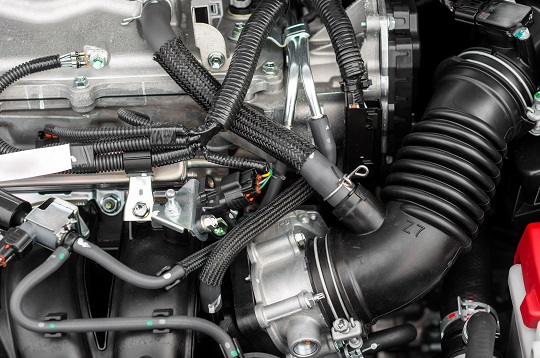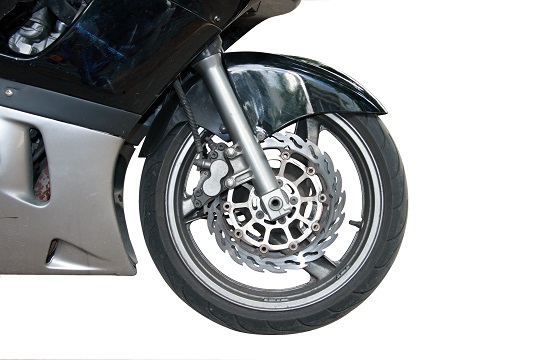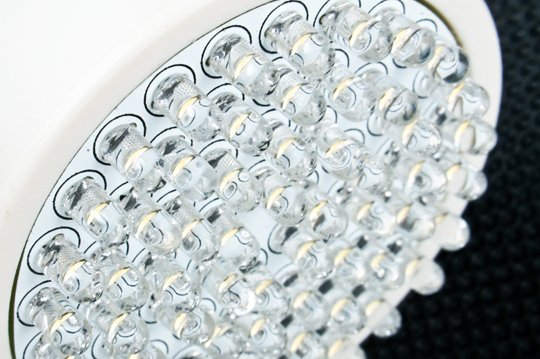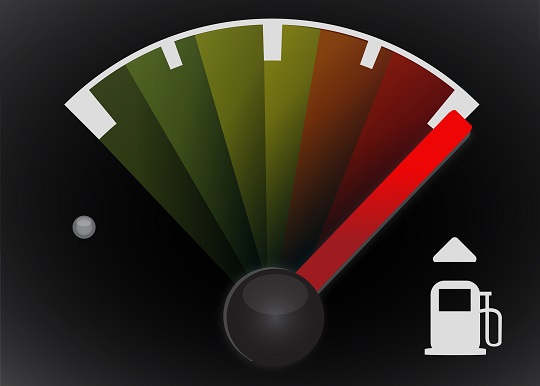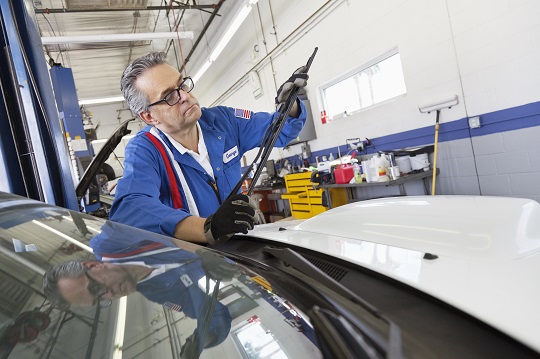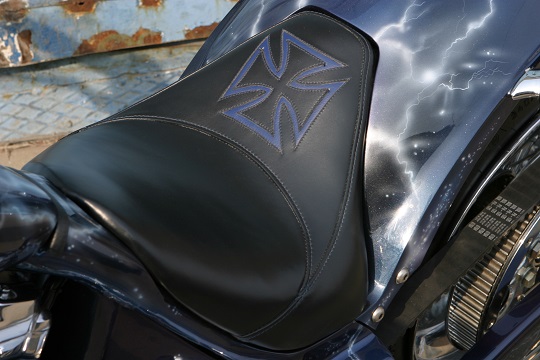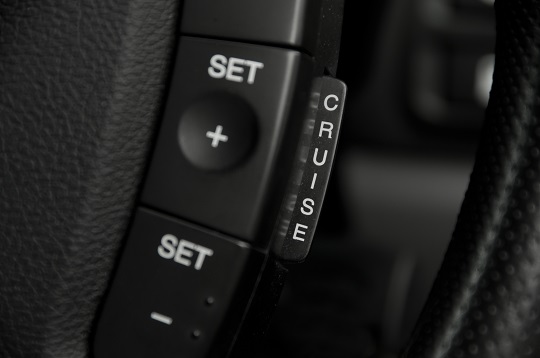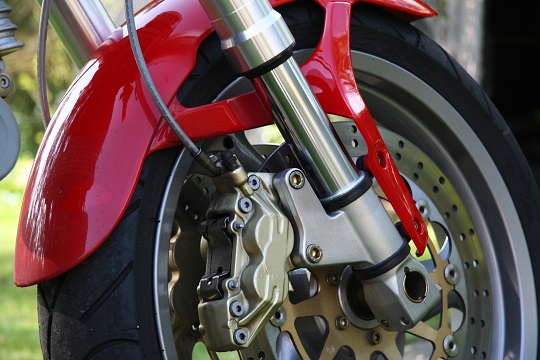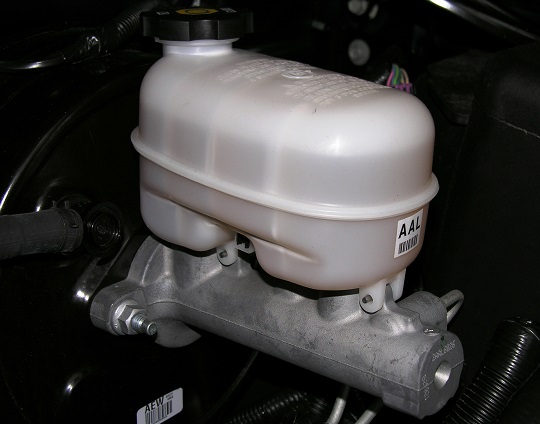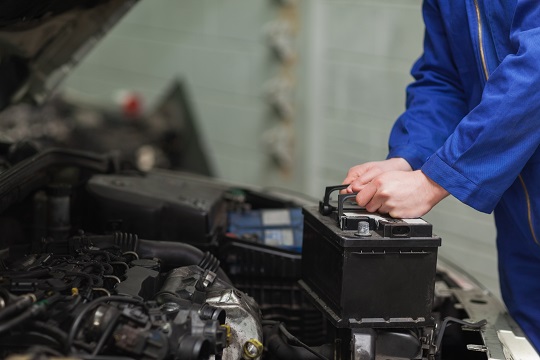As your car is running, the engine generates a lot of heat. In order to stop your vehicle from overheating, water and antifreeze are sent throughout your engine to help keep the system cool. If the car’s heater hose is faulty, it will need to be replaced immediately. A faulty heater hose can cause your car to overheat. Here are some tips for car heater hose replacement.
Car Heater Hose Replacement
1. The number one thing to do once you realize that your engine is overheating is to open up the hood and let the engine cool down by airing it out. Do not touch any part of the engine because it will be very hot. Wait as long as an hour so that you do not get burned trying to fix the problem.
2. Once the steam and smoke disperses check for any splits, tears, or leaks in the hoses.
3. If you find that there is a fault in the heater hose you will need to cut out the bad section. Clamp the hose on both ends of the leak and cut the tear out.
4. Now you will need to attach a coupling and apply coolant to is so it is lubricated. Insert the coupling into the hose at one end and tighten the clamp on it. Add a second clamp to the other end of the hose and push the two together.
5. Once the hose is together, tighten the clamps. The hose is fragile, so don’t be too violent with it.
6. Put more water into the radiator. This will allow you to drive to the closest service area.
Warning: The process described above is not a permanent fix, so do not drive more than 10 minutes. Find a service station to have your hose properly repaired or replaced.
Find A Mechanic
At this point you will need a mechanic. Use TalkLocal to find a reliable auto mechanic near you. Just tell use what you need, where you are, and your availability, and we’ll find the right mechanic for you, when you need them!

